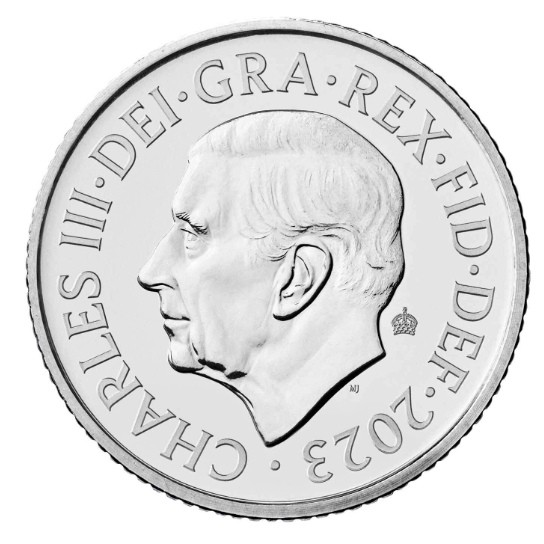USA 20 dollars Liberty Head Double Eagle 1870-CC
USA, Carson City


Rareza
Extremadamente raro
Atributos de las Monedas
| Melt Value | $4,055.47 30.096g Gold |
|---|---|
| Region | USA |
| Denomination | 20 dollars |
| Krause number | KM# 74.2 |
| Mintage | 3,789 |
| Metal | Gold 0.900 |
| thickness | 2 mm |
| diameter | 34 mm |
| weight | 33.44 g |
Anverso:

Liberty
Creators:
James Barton Longacre
LIBERTY
Reverso:

Coat of arms
Creators:
James Barton Longacre
IN GOD WE TRUST
TWENTY D.
UNITED STATES OF AMERICA
Introducción de monedas
The 1870-CC double eagle is one of the rarest of all double eagles, and it is by far the rarest Carson City gold coin. Only 3,789 pieces were struck and attrition appears to have taken a very high toll on this issue. Rather than being exported to Europe, as many other Carson City gold coins were, it seems that the entire mintage of the 1870-CC was dropped into circulation in and around Nevada and the American West. As a result, most show heavy abrasions and even heavier wear. Today it is estimated that only 35-45 pieces exist in all grades. In addition to being an absolute rarity, the 1870-CC is also a major condition rarity. However, several of these are likely duplicate submissions, and it is most likely that only 2-3 pieces are actually extant today at this grade level. Eliasberg only had an XF40, and the incredible, specialized gold collection formed by Harry Bass had an XF45 example. Any 1870-CC twenty that grades XF40 or better qualifies as a Condition Census example. The 1870-CC twenty is among the most widely acclaimed issues in the entire series of Liberty double eagles. It is surpassed in overall rarity only by the ultra-rare 1861 Paquet, but no double eagle garners more attention than is generated by the appearance of a high-grade '70-CC. It is instructive to contrast its mintage figures to the 7,675 1870-CC half eagles minted (of which perhaps 50-60 pieces survive, 4 in Mint State), and the 1870-CC eagle, with 5,908 minted and an estimated 35-45 pieces known today (none certified in Mint State). All known 1870-CCs display a weaker strike on the obverse, with the stars on the left showing uneven striking pressure due to centering in the collar.Leer más













